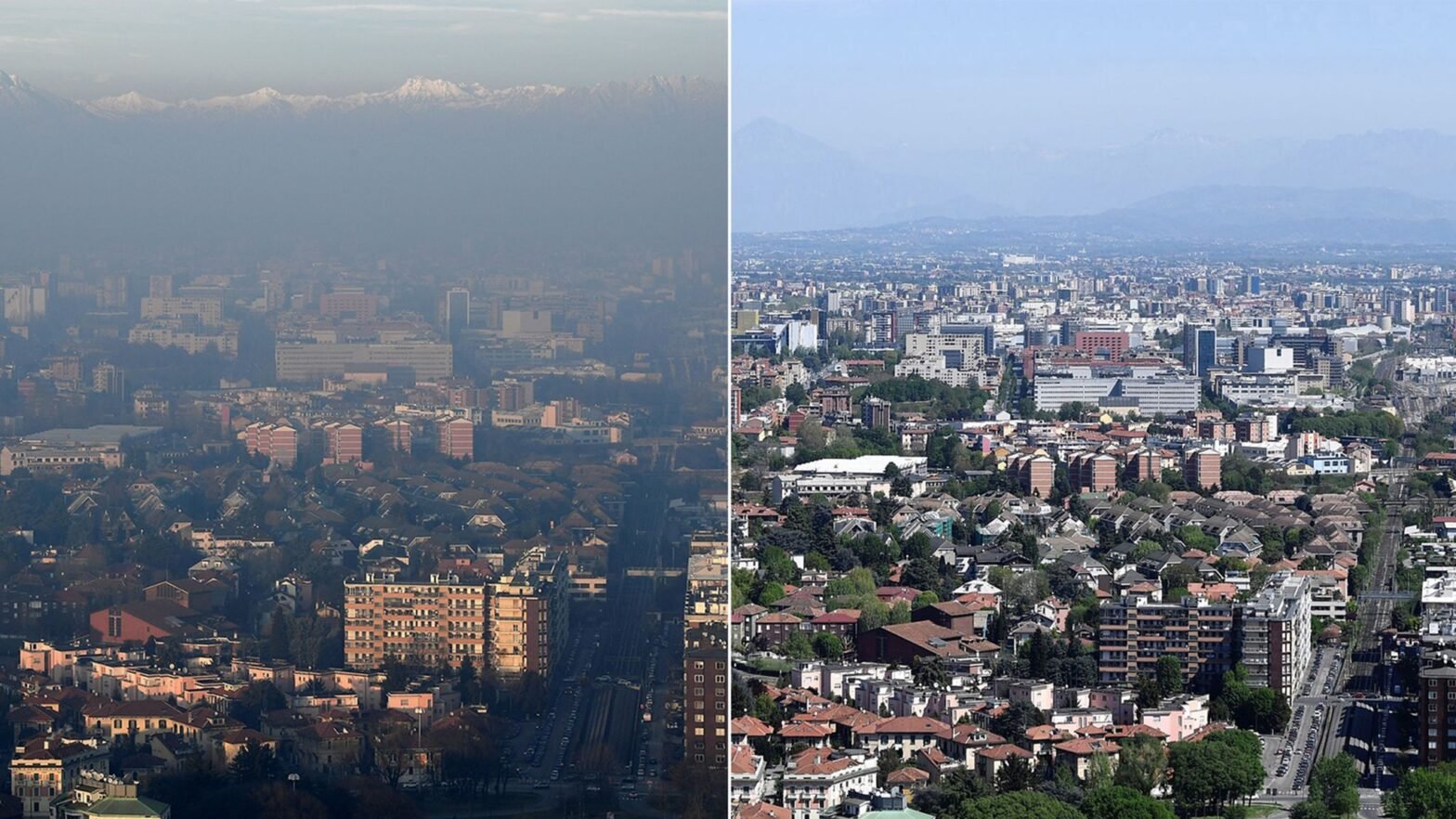The COVID-19 pandemic’s rapid onset led to immediate reductions in travel and economic activities worldwide, drastically lowering air pollution and greenhouse gas emissions within weeks. This abrupt change provided scientists with a rare opportunity to observe outcomes typically achieved over years of regulation.
A comprehensive new study, utilizing satellite data from NASA and other international space agencies, reveals some unexpected findings about the pandemic’s impact on the atmosphere. This research also offers insights into addressing the interconnected issues of climate warming and air pollution. “We’re past the point where we can think of these as two separate problems,” said Joshua Laughner, lead author of the study and a postdoctoral fellow at Caltech in Pasadena, California. “To understand what is driving changes to the atmosphere, we must consider how air quality and climate influence each other.”
Published on November 9 in the Proceedings of the National Academy of Sciences, the study originated from a workshop sponsored by Caltech’s W.M. Keck Institute for Space Studies. Led by scientists from Caltech and the Jet Propulsion Laboratory (JPL), it involved participants from about 20 U.S. and international universities, federal and state agencies, and laboratories. They focused on four key atmospheric components: the greenhouse gases carbon dioxide (CO2) and methane, and the air pollutants nitrogen oxides (NOx) and microscopic nitrate particles.
Carbon Dioxide
One surprising result was that despite a 5.4% drop in CO2 emissions in 2020, atmospheric CO2 levels continued to grow at the usual rate. “During previous socioeconomic disruptions, like the 1973 oil shortage, you could immediately see a change in the growth rate of CO2,” said David Schimel, head of JPL’s carbon group and a co-author of the study, “we all expected to see it this time, too.”
Using data from NASA’s Orbiting Carbon Observatory-2 satellite and the NASA Goddard Earth Observing System atmospheric model, researchers found that the 5.4% drop was within the normal range of natural year-to-year variation. Additionally, the ocean absorbed less CO2 from the atmosphere than in recent years, likely responding quickly to the reduced CO2 pressure at the ocean’s surface.
Air Pollutants and Methane
Nitrogen oxides (NOx), which can create harmful ozone in sunlight, have complex interactions in the atmosphere. “NOx chemistry is this incredibly complicated ball of yarn, where you tug on one part and five other parts change,” said Laughner.
COVID-related reductions in NOx quickly led to global ozone decreases. However, the new study found that reducing NOx also decreased the production of hydroxyl radicals, which help break down long-lived gases like methane. Consequently, methane, a potent greenhouse gas, stayed in the atmosphere longer.
Estimates of the pandemic’s impact on methane emissions are uncertain, but one study suggested a 10% reduction. Nevertheless, methane concentrations increased by 0.3% in the past year, a faster rate than any other time in the last decade, due to decreased hydroxyl radical availability.
Lessons From the Pandemic
The study reflected on what the pandemic revealed about a low-emission future and the pathways to achieve it.
By late 2020, emissions had nearly returned to pre-pandemic levels, despite continued reduced activity in many economic sectors. The authors suggest that this rebound was necessary for maintaining economic productivity with the current energy infrastructure. “This suggests that reducing activity in these industrial and residential sectors is not practical in the short term” for cutting emissions, the study noted. “Permanently reducing these sectors’ emissions will require transitioning to low-carbon-emitting technology.”
By providing an unprecedented look at atmospheric changes, the pandemic highlighted the complex interactions between air quality and climate, emphasising the need for integrated approaches to address these global challenges.





















